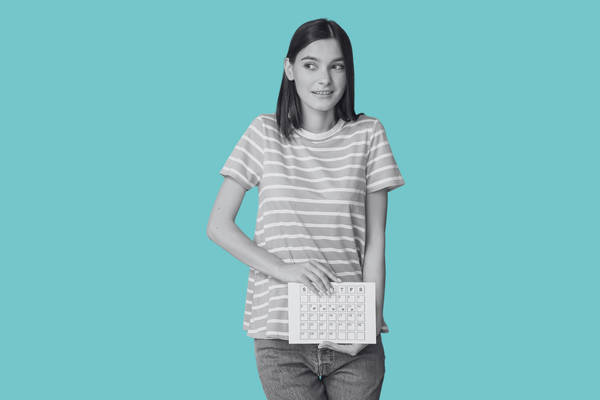
Top tips for managing periods as a teenager
You might be nervous about getting your first period, or you might have had periods for a while but are finding them difficult. You’re not alone.
Adenomyosis is when the lining of the womb grows into the muscle wall. It can cause heavy, painful or irregular periods.

You might be nervous about getting your first period, or you might have had periods for a while but are finding them difficult. You’re not alone.

Don’t worry, we’ve got the lowdown on how to feel supported while sorting fact from fiction.

Your menstrual cycle is the time from the first day of one period to the day before your next period.